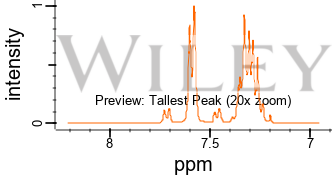Dilead hexahydride is listed on Wikipedia as a compound composed of two lead atoms, and six hydrogen atoms:
H H
| |
H-Pb-Pb-H
| |
H H
As the wikipedia page for this compound does not exist, and Google scholar, along with Google, show no results on it, it's suggested that this is an artificial chemical that might have to be created in a similar manner to plumbane (PbH4).
How is dilead hexahydride synthesised?
My secondary question is, what are it's properties/characteristics? (if any info can be obtained?)

